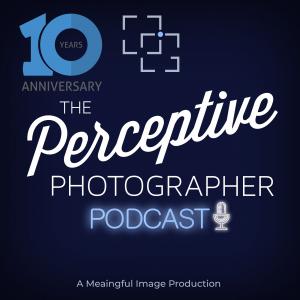The Perceptive Photographer

Visiting the impacts of New Topographics on modern landscape photography
In this episode of the Perceptive Photographer Podcast, we discuss the impact of the “New Topographic—A Man-altered Landscape” exhibition on modern landscape photography.
The New Topographics opened in 1975 at the George Eastman House, curated by William Jenkins. Unlike traditional landscape photography from earlier in the 20th century, employing romantic lighting and composition to evoke feelings of awe and beauty, the new topographic presented a stark, documentary-style approach. Instead, the new topographics focused on the man-altered landscapes resulting from human activity, such as urban sprawl, industrial sites, and suburban development.
This approach meant viewers were forced to confront an uncomfortable set of truths about the state of the environment and the impact of human activity on the land. The photographs depicted mundane and unattractive scenes such as empty parking lots, urban sprawl, or strip malls that asked us to view beauty versus what we could see.
For me, one of the key aspects of the new topographics was the shift in the conversation to be more about environmental issues as a whole we do versus what we could save. The new topographics did not overtly make political statements, yet they compelled viewers to engage with the political implications of the photographed landscapes. By documenting the realities of urbanization and industrialization, these photographers forced us, as viewers, to confront the possible consequences of their actions on the environment.
I encourage you to reflect on their own photographic practices and the messages they wish to convey through their work. Not just as an attempt to be a new topographic photographer but rather as something that matters to you in your work. Are you drawn to the untouched beauty of nature, or do you find yourself more interested in the impact of human activity on the environment?
The new topographic serves as a reminder of the importance of seeing the world around us and using photography as a tool for dialogue about what matters to us, even if what we end up photographing isn’t all pretty.
Well, after listening, I hope you better understand the nature of the New Topographic and how to think about your own work. If you are interested in exploring those themes more hands-on with some guidance, check out my Meaningful Imge Core course for 2025 on my website.






 Visit Podcast Website
Visit Podcast Website RSS Podcast Feed
RSS Podcast Feed Subscribe
Subscribe
 Add to MyCast
Add to MyCast